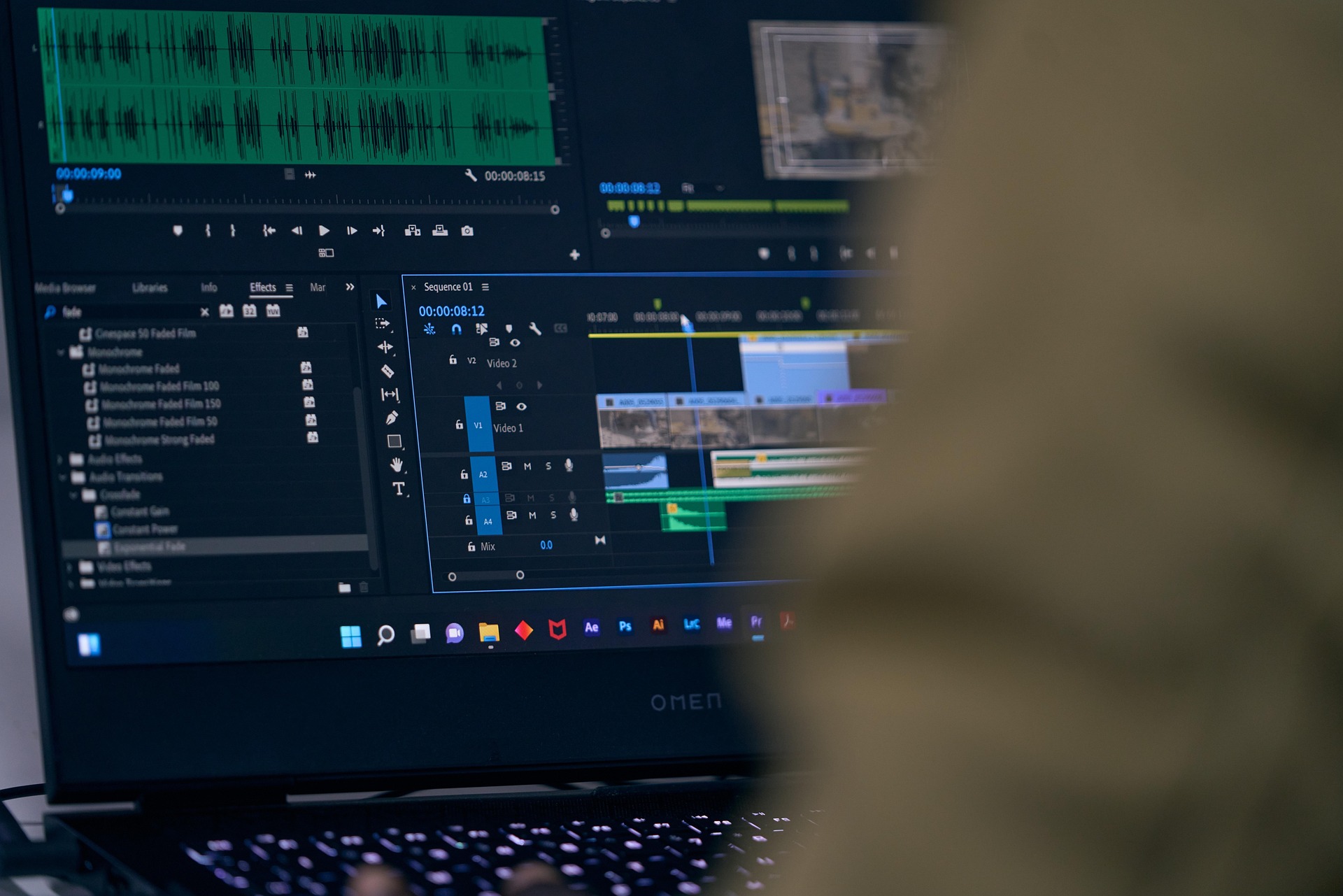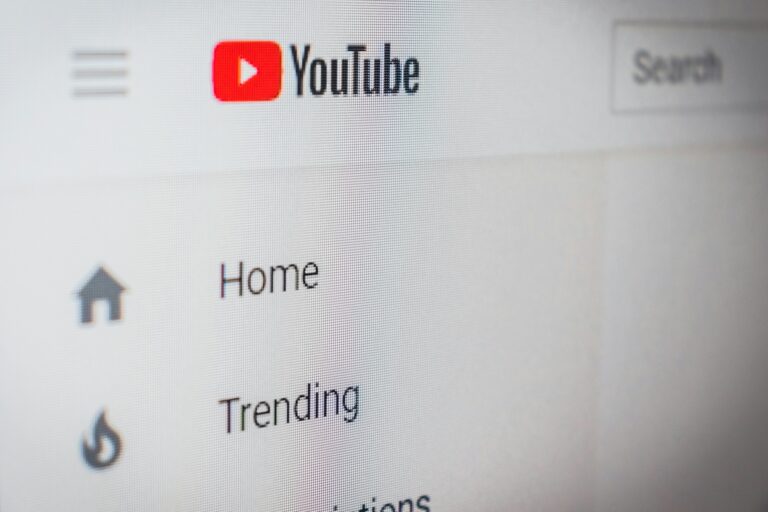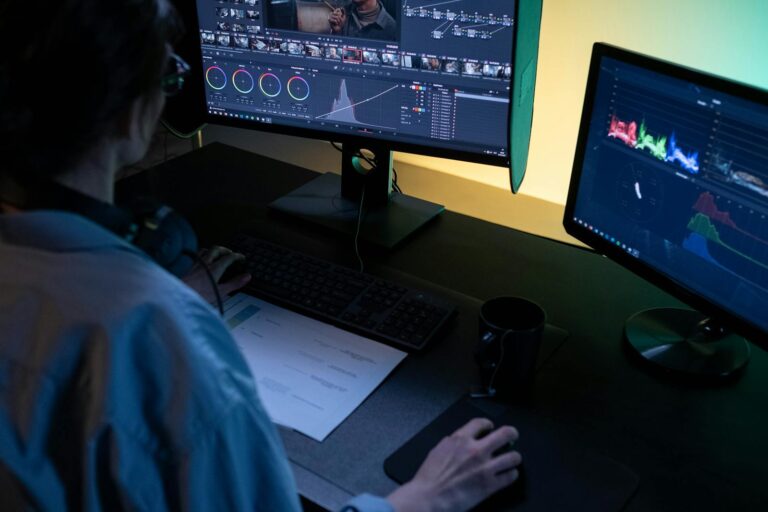Scroll through TikTok, Instagram Reels, or YouTube Shorts, and one thing becomes obvious: the right music can make a video pop, while the wrong choice can make it feel flat.
For creators trying to grow, audio is a key part of engagement. Nowadays, with algorithms pushing content based on watch time and shares, selecting the right sounds has become an essential skill for anyone making short-form video.
Why Audio Matters More Than Ever
Audio sets the mood before viewers even pay attention to visuals. A catchy beat can make someone pause mid-scroll. A perfectly timed sound effect can amplify humor or drama. Conversely, mismatched music can make a well-shot clip feel off or awkward.
Creators often underestimate how much music influences viewer behavior. Platforms track not only whether someone watches but whether they rewatch, mute, or share. Videos with appealing audio tend to get watched longer and shared more frequently. In other words, the right track doesn’t just enhance creativity—it directly affects your reach.
Finding the Balance Between Popular and Relevant
Trends are everywhere in short-form video. TikTok sounds that are trending often skyrocket engagement, simply because the algorithm favors them. But jumping on every trend isn’t always the best strategy. The key is relevance.
A creator who posts fitness tips using a fast, energetic track will naturally complement the content. A slow, melancholic song might be trending, but it won’t match the energy of a workout video, and viewers can sense the disconnect.
Conversely, choosing audio purely because it’s trending without considering the vibe can hurt credibility and watch time.
Creators need to ask themselves: does this audio enhance the story or distract from it? The best videos feel like the music and visuals were made for each other, even if the track is a remix of something trending.
Using Music to Tell a Story
Audio is a storytelling tool. Think of it as punctuation: it can highlight punchlines, set tension, or guide the pace of a scene. For example, a travel creator can start a clip with soft ambient music to build anticipation and then switch to a more upbeat track as the action begins. This dynamic use of audio keeps viewers engaged because it signals what to feel next.
Even short captions or on-screen text work best when paired with music. The brain is naturally drawn to rhythm, and pairing text with beats can make key messages more memorable. Creators who layer subtitles over strategically chosen sounds often see higher retention and engagement.
Tools That Make Choosing Audio Easy
Fortunately, creators don’t need to be audio engineers to select music that works. Most short-form platforms, like TikTok and Instagram, provide vast libraries of licensed tracks, sound effects, and trending audio. This means creators can experiment without worrying about copyright issues.
Editing tools like CapCut, InShot, or Adobe Premiere Rush allow easy layering, trimming, and syncing of music. Even if a creator doesn’t use these exact apps, the principles are the same: adjust volume, cut to rhythm, and match audio energy to the visuals. The goal isn’t perfection, it’s cohesion.
Creators can also explore royalty-free platforms like Epidemic Sound or Artlist for longer-form content that repurposes across multiple platforms. The same track can be slightly altered for TikTok, YouTube Shorts, or Instagram, keeping brand consistency without sounding repetitive.
Practical Tips for Beginners
For beginners, the idea of picking “the right track” can feel overwhelming. Here’s a simple approach: start with mood, then refine by trend and tempo. Ask: do I want viewers to laugh, feel inspired, or get motivated? Once the emotion is clear, test 2–3 tracks and see which one matches the video’s vibe best.
Don’t ignore audio quality. Even the best music can sound amateurish if the recording is muddy. A simple upgrade, like a Rode Wireless GO II lapel microphone, can drastically improve clarity when recording voiceovers or live commentary.
It’s easy to use, portable, and works with phones or cameras. Clear audio ensures that both your voice and any added music sound professional, boosting overall engagement.
Timing and Syncing Matter More Than You Think
It’s not just what you choose. It’s how you use it. Syncing cuts, captions, or on-screen movement to beats can make videos feel seamless and satisfying. This is why some creators appear to “magically” nail comedic timing or emotional beats; they’re matching motion and text to the rhythm of the music.
Even small adjustments, like pausing a beat for a punchline or letting a transition hit on a drop, can increase watch time. Viewers subconsciously reward well-timed audio with attention, likes, and shares.
Going into 2026
Choosing the right audio and music isn’t just about picking a catchy track. It’s about enhancing story, emotion, and engagement. The best creators in 2025 understand that music is part of their branding. It sets tone, keeps viewers watching, and supports both authority and authenticity. Keep this in mind as we enter 2026, or if you’re reading this in 2026.
For beginners, it’s about experimenting, paying attention to how audiences respond, and investing in tools that make recording and mixing audio easy. Even something as simple as a quality lapel mic or a user-friendly editing app can drastically improve perception and engagement.
Ultimately, short-form video is a multimedia experience. When visuals, captions, and music all work together, creators capture attention, boost retention, and give audiences a reason to keep coming back. In a world flooded with content, audio is easily one of the fastest ways to stand out.






